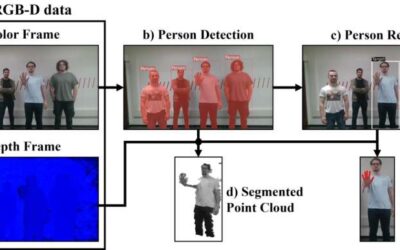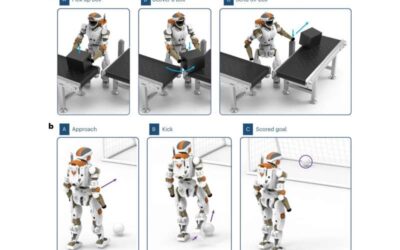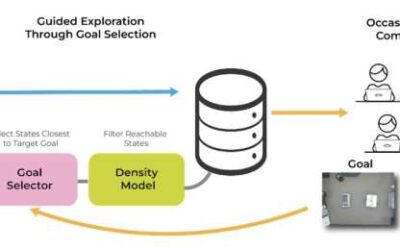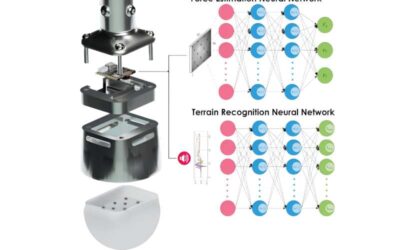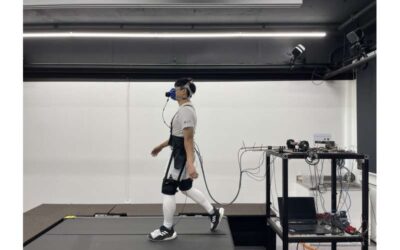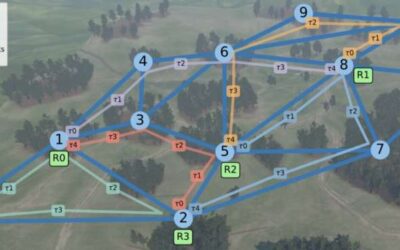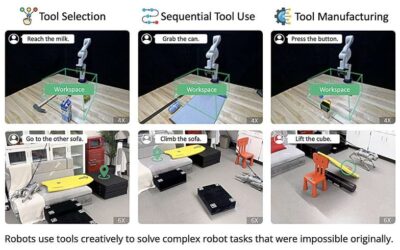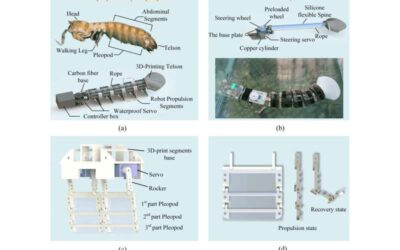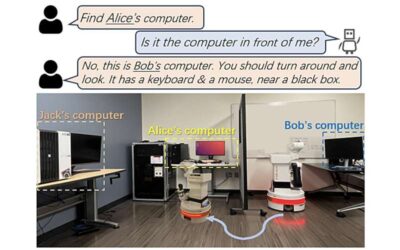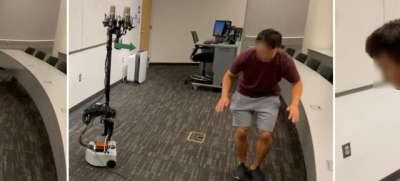In recent years, roboticists and computer scientists have introduced various new computational tools that could improve interactions between robots and humans in real-world settings. The overreaching goal of these tools is to make robots more responsive and attuned to...
Robotics
Using hierarchical generative models to enhance the motor control of autonomous robots
To best move in their surrounding environment and tackle everyday tasks, robots should be able to perform complex motions, effectively coordinating the movement of individual limbs. Roboticists and computer scientists have thus been trying to develop computational...
An approach that allows robots to learn in changing environments from human feedback and exploration
To best assist humans in real-world settings, robots should be able to continuously acquire useful new skills in dynamic and rapidly changing environments. Currently, however, most robots can only tackle tasks that they have been previously trained on and can only...
A sensing paw that could improve the ability of legged robots to move on different terrains
Legged robots that artificially replicate the body structure and movements of animals could efficiently complete missions in a wide range of environments, including various outdoor natural settings. To do so, however, these robots should be able to walk on different...
A wearable robot that assists people with walking
In recent years, roboticists have introduced increasingly advanced systems, which could open exciting new possibilities for surgery, rehabilitation, and health care assistance. These robotic systems are already helping to improve the quality of life of many people...
An approach to plan the actions of robot teams in uncertain conditions
While most robots are initially tested in laboratory settings and other controlled environments, they are designed to be deployed in real-world environments, helping humans to tackle various problems. Navigating real-world environments entails dealing with high levels...
A system that allows robots to use tools creatively by leveraging large language models
Researchers at Carnegie Mellon University and Google DeepMind recently developed RoboTool, a system that can broaden the capabilities of robots, allowing them to use tools in more creative ways. This system, introduced in a paper published on...
A robot inspired by mantis shrimp to explore narrow underwater environments
Nature is the primary source of inspiration for many existing robotic systems, designed to replicate the appearance and behavior of various living organisms. By artificially reproducing biological processes, these robots can help tackle complex real-world problems...
Using large language models to enable open-world, interactive and personalized robot navigation
Robots should ideally interact with users and objects in their surroundings in flexible ways, rather than always sticking to the same sets of responses and actions. A robotics approach aimed towards this goal that recently gained significant research attention is...
A robot that can detect subtle noises in its surroundings and use them to localize nearby humans
To safely share spaces with humans, robots should ideally be able to detect their presence and determine where they are located, so that they can avoid accidents and collisions. So far, most robots were trained to localize humans using computer vision techniques,...

